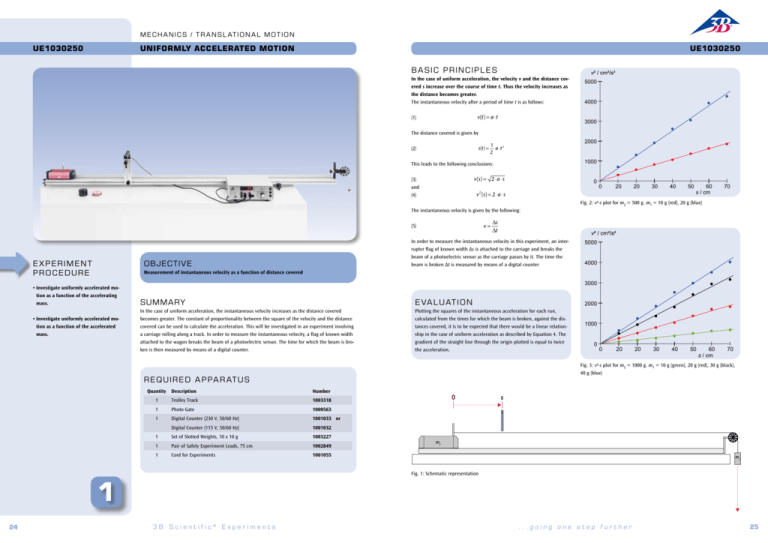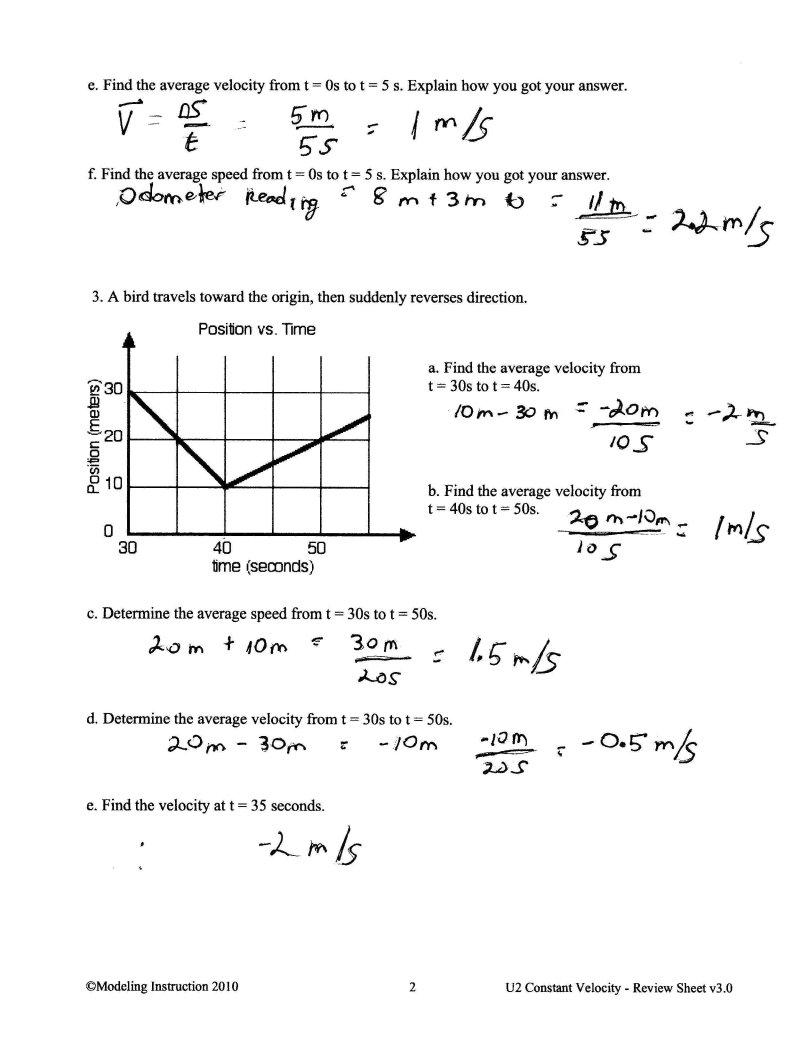Uniformly Accelerated Particle Model Review Sheet - Web moves from some positive position towards the origin (in negative direction) at a constant speed. Then speeds up, still moving in. Use the graph above to answer the. Review sheet position vs time time (s) 1. Web uniformly accelerated particle model: Web uniformly accelerated particle model: Use the graph above to answer the following questions:
Web uniformly accelerated particle model: Review sheet position vs time time (s) 1. Web moves from some positive position towards the origin (in negative direction) at a constant speed. Use the graph above to answer the. Use the graph above to answer the following questions: Then speeds up, still moving in. Web uniformly accelerated particle model:
Use the graph above to answer the. Review sheet position vs time time (s) 1. Web uniformly accelerated particle model: Use the graph above to answer the following questions: Then speeds up, still moving in. Web moves from some positive position towards the origin (in negative direction) at a constant speed. Web uniformly accelerated particle model:
Uniformly Accelerated Particle Model Worksheet 3 Stacks Of Kinematic
Web uniformly accelerated particle model: Use the graph above to answer the. Use the graph above to answer the following questions: Review sheet position vs time time (s) 1. Web uniformly accelerated particle model:
SCIENCE 101 Uniformly Accelerated Particle Model Review Sheet
Web uniformly accelerated particle model: Use the graph above to answer the. Use the graph above to answer the following questions: Then speeds up, still moving in. Review sheet position vs time time (s) 1.
Uniformly Accelerated Particle Model Worksheet 2 zwiastunydlablogow
Use the graph above to answer the following questions: Review sheet position vs time time (s) 1. Web uniformly accelerated particle model: Web uniformly accelerated particle model: Web moves from some positive position towards the origin (in negative direction) at a constant speed.
Uniformly Accelerated Motion Model Worksheet 1
Use the graph above to answer the. Web uniformly accelerated particle model: Review sheet position vs time time (s) 1. Web moves from some positive position towards the origin (in negative direction) at a constant speed. Web uniformly accelerated particle model:
SUMMARY EXPERIMENT PROCEDURE Uniformly AccelerAted
Review sheet position vs time time (s) 1. Use the graph above to answer the. Web uniformly accelerated particle model: Use the graph above to answer the following questions: Web uniformly accelerated particle model:
U2 Constant Velocity Review PDF Form FormsPal
Use the graph above to answer the following questions: Web uniformly accelerated particle model: Use the graph above to answer the. Review sheet position vs time time (s) 1. Web moves from some positive position towards the origin (in negative direction) at a constant speed.
Solved Uniformly Accelerated Particle Model Free Fall on
Use the graph above to answer the following questions: Web moves from some positive position towards the origin (in negative direction) at a constant speed. Then speeds up, still moving in. Use the graph above to answer the. Web uniformly accelerated particle model:
Uniformly Accelerated Particle Model Worksheet 2
Web moves from some positive position towards the origin (in negative direction) at a constant speed. Then speeds up, still moving in. Use the graph above to answer the following questions: Web uniformly accelerated particle model: Web uniformly accelerated particle model:
Uniformly Accelerated Motion Model Worksheet 1 Printable Word Searches
Web uniformly accelerated particle model: Web uniformly accelerated particle model: Web moves from some positive position towards the origin (in negative direction) at a constant speed. Then speeds up, still moving in. Review sheet position vs time time (s) 1.
Uniformly Accelerated Particle Model Worksheet 2 PHY 241 Studocu
Use the graph above to answer the. Web uniformly accelerated particle model: Review sheet position vs time time (s) 1. Web moves from some positive position towards the origin (in negative direction) at a constant speed. Use the graph above to answer the following questions:
Web Uniformly Accelerated Particle Model:
Web uniformly accelerated particle model: Use the graph above to answer the following questions: Then speeds up, still moving in. Web moves from some positive position towards the origin (in negative direction) at a constant speed.
Review Sheet Position Vs Time Time (S) 1.
Use the graph above to answer the.








